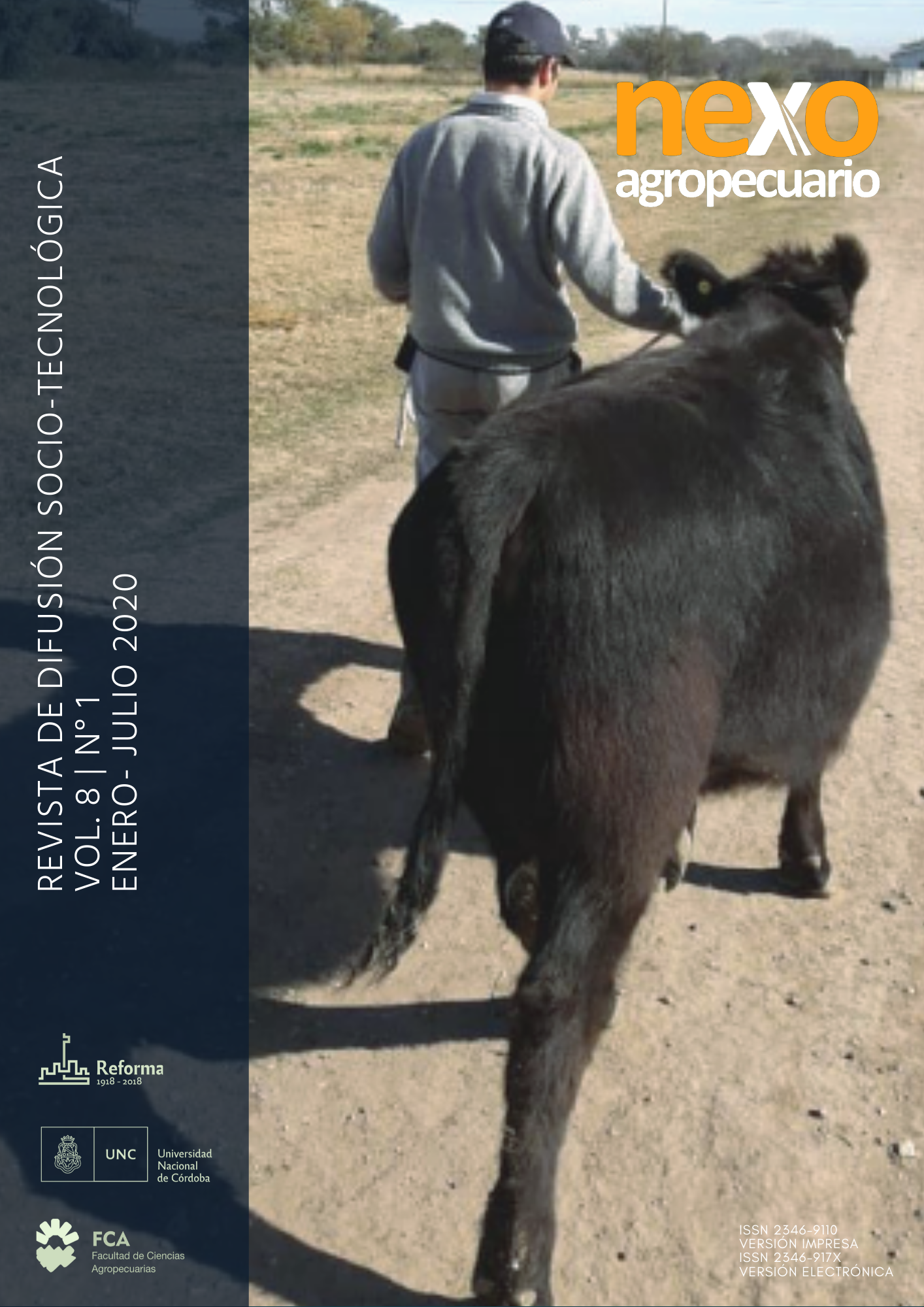Native Aromatic and Medicinal Plants in the Paravachasca Valley: promoting the revaluation and sustainable use
Keywords:
collectors, participation, extention, technology, schoolsAbstract
In the Paravachasca Valley the collection, use and commercialization of aromatic and medicinal plants (MAP) are practices widespread and rooted practices among the population. The collection without taking into account the phenological state and population dynamics, coupled with the misuse of soil and the advancement of urbanization, causes the degradation of wild populations, impacting on the family income of social actors. This context exposes the need to develop and transfer to the rural population and collectors of the MAP technologies to conserve and revalue the natural resource. The aim was to promote the use, production and sustainable use of native MAPs and to train students, teachers, producers and political policy makers in technologies for their cultivation. Productive crop planning was carried out that served for the implementation of demonstrative and experimental plots. The following were carried out successful service-learning practices were carried out among the participants in an active way; knowledge and what was learned about crop technologies and sustainable use of wild populations were exchanged. This linkage and interrelationship made it posible to identify problems with respect to the developed topics that will be objective for future research.
References
Argañaraz, J.P., Radeloff, V.C., Bar-Massada, A., Gavier-Pizarro, G.I., Scavuzzo, C. M. and Bellis, L.M. (2017). Assessing wildfire exposure in the wildland-urban interface area of the mountains of central Argentina. Journal of environmental management, 196, 499-510.
Bustos J.A. (2009). Caracterización poblacional y de hábitat de la peperina (Minthostachys mollis (Kunth) Griseb.) en el noroeste de Córdoba. Tesis de Maestría. Facultad de Ciencias Exactas, Físicas y Naturales, Universidad Nacional de Córdoba, Córdoba, Argentina, 60 pp.
Gavier G.I., y Bucher E.H. (2004). Deforestación de las Sierras Chicas de Córdoba (Argentina) en el período 1970-1997. Academia Nacional de Ciencias, Córdoba Argentina. Miscelánea N°101.
Iannicelli, J., Guariniello, J., Pitta Álvarez, S. y Escandón, A. (2018). Traditional uses, conservation status and biotechnological advances for a group of aromatic / medicinal native plants from America. Biol. Latinoam. Caribe Plant. Med. Aromat, 17 (5): 453 – 491.
Martínez G., Planchuelo A., Fuentes E. y Ojeda M.S. (2006). A numeric index to establish conservation priorities for medicinal plants in the Paravachasca Valley. Córdoba. Argentina. Biodiversity and Conservation, 15: 2457-2475.
Martínez, G. (2015). Las plantas en la medicina tradicional de las Sierras de Córdoba: un recorrido por la cultura campesina de Paravachasca y Calamuchita. 2° Ed. De todos los mares, Córdoba. Argentina, 212 pp.
Ojeda M.S. (2008). Transferencia y difusión del cultivo de plantas aromáticas a pequeños productores y grupos vulnerables usando como modelo la peperina. En: Aprendizaje-Servicio en la Educación Superior: una mirada analítica desde los protagonistas. Eudeba-Bs As (Argentina), 81-88 pp.
Downloads
Published
Issue
Section
License
Copyright (c) 2020 Florencia Turco, Ana Raquel Lopez, A. G Chaves, R. M Zapata,

This work is licensed under a Creative Commons Attribution-NonCommercial-ShareAlike 4.0 International License.
Attribution - Non-Commercial - Share Alike (by-nc-sa): No commercial use of the original work or any derivative works is permitted, distribution of which must be under a license equal to that governing the original work.


